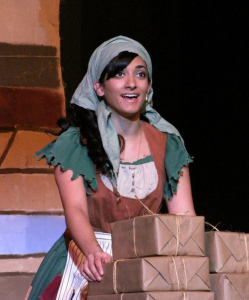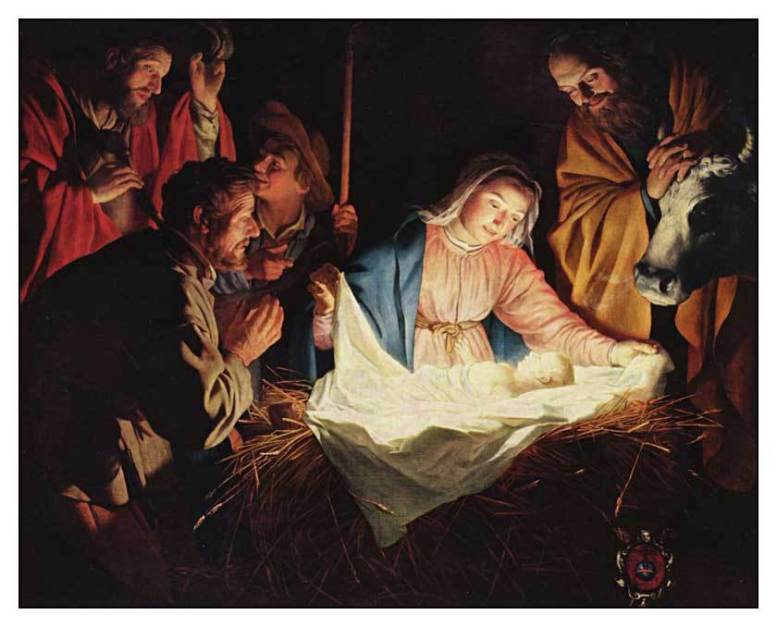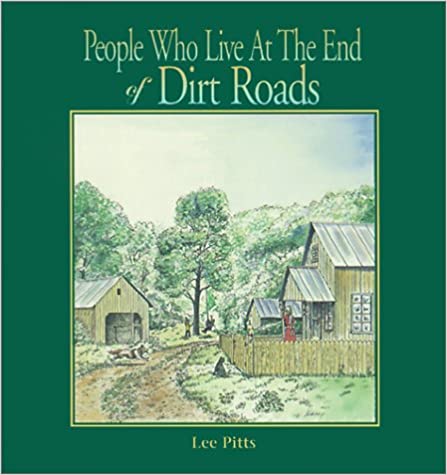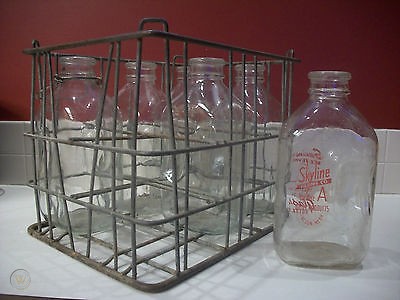A Lovely Night With Cinderella
A Lovely Night With Cinderella
 Last month, Peoria Players Theater put on the musical production of Cinderella. While the music in the play was from the original musical version of Cinderella, the script was adapted from the 1997 teleplay that featured pop stars Brandy and Whitney Houston. My daughter Mary Rose played the part of Cinderella in the Peoria Players production. My initial plan was to attend two of the eight performances that were put on, but I couldn’t stay away. I ended up seeing four of the performances.
Last month, Peoria Players Theater put on the musical production of Cinderella. While the music in the play was from the original musical version of Cinderella, the script was adapted from the 1997 teleplay that featured pop stars Brandy and Whitney Houston. My daughter Mary Rose played the part of Cinderella in the Peoria Players production. My initial plan was to attend two of the eight performances that were put on, but I couldn’t stay away. I ended up seeing four of the performances.
If you’re older than 50, you probably remember the 1965 television version of Cinderella that featured 18-year-old Lesley Ann Warren as Cinderella and Stuart Damon as the prince. Some of the songs in that movie included, The Prince is Giving a Ball, In My Own Little Corner, 10 Minutes Ago, and Do I Love You Because You’re Beautiful? The Peoria Players production included all of the songs from that movie.
My favorite scene in the Peoria Players production was when Cinderella’s stepmother and stepsisters reminisced about the ball, after they had returned home. The stepsisters acted as though they had a wonderful time that included spending quality time with the prince.
In the scene, after hearing her stepsisters brag about their experience at the ball, Cinderella sings:
Then at last you see the towers to the palace
Silhouetted on the sky above the park
And below there is a row of lighted windows
Like a lovely diamond necklace in the dark.
The first stepsister then responds by singing, “It looks that way,” and the second stepsister sings, “The way you say.” The stepmother then responds by singing in a questionable tone of voice, “She talks as if she knows.”
Cinderella then responds by singing:
I do not know these things are so
I only just suppose…
I suppose that when you come into the ballroom
And the room itself is floating in the air
If you’re suddenly confronted by his highness
You are frozen like a statue on the stair
You’re afraid he’ll hear the way your heart is beating
And you know you mustn’t make the first advance
You are seriously thinking of retreating
When you seem to hear him asking you to dance…
And when you waltz with him
You whirl around so that your feet never touch the floor…
The stepsisters join in with some dialogue, and then Cinderella sings the following lyrics from the song, “A Lovely Night”:
A lovely night, a lovely night
A finer night you know you’ll never see
You meet your prince, a charming prince
As charming as a prince will ever be
The stars in a hazy heaven
Tremble above you
While he is whispering:
“Darling I love you”
You say goodbye, away you fly
But on your lips you keep a kiss
All your life you’ll dream of this
Lovely, lovely night.
As Cinderella sings the Lovely Night lyrics, the stepsisters and stepmother join in and start singing with her. While they’re singing, they dance together and behave as though they’re in another world — a world filled with love, enthusiasm, and joy.
As they finish singing, the stepmother snaps out of the make-believe world that was created by Cinderella and orders her daughters to go up to their rooms. She then chastises Cinderella for being a fool and tells her that her life will always be one of misery and struggle.
The reason that I liked the Lovely Night scene so much was because it showed how one person, full of optimism and love, was able to draw her nasty, vindictive stepsisters and stepmother into her world — a world where, for a few moments, they were in a paradise-like environment of love and optimism.
There are some people who can actually do what Cinderella did in the Lovely Night scene. They have the ability to use love and optimism to draw a person out of their self-absorbed, negative world and into a world that is full of love, enthusiasm, and hope. My wife, Georgette, has that ability.
The original European version of the Cinderella story was published in 1634. The first performance of Cinderella was in an opera that took place in 1749. The first performance of Cinderella in a play was at a theater in London, in 1904. The first movie version of Cinderella was released in France in 1899.
In 1950, Disney came out with an animated version of Cinderella. As I said above, the version of Cinderella that most people my age are familiar with is the television version that was produced in 1965.
Earlier this year, Disney released its most recent version of Cinderella. The movie grossed more than $542,000,000 worldwide.
Cinderella is a simple story about an orphan girl who is forced to live with her wicked stepmother and stepsisters. How can a story that has been popular since 1634 — more than 380 years ago — generate more than half a billion dollars of revenue in 2015?
The most obvious answer is that the story is based upon and built around the three theological virtues of faith, hope, and love. Although there is no mention of God in the story, Cinderella never waivers in her faith and belief that there is a better life ahead for her. She has unwavering hope that she will eventually overcome all of the obstacles in her life. And despite being treated unfairly, Cinderella never waivers in the love she shows toward her stepsisters, stepmother, and everyone she meets.
In response to Cinderella’s faith-filled, hopeful, and loving nature, her stepsisters and stepmother behave in a way that is the polar opposite of the three theological virtues. Instead of faith, they exhibit disloyalty, treachery, and suspicion. Instead of hope, they exhibit distrust, cynicism, and despair. Instead of love, they exhibit unhappiness, animosity, and hatred.
There is a yearning that is buried deep within the heart and soul of every human being — a yearning to practice and share the virtues of faith, hope, and love. That’s why a story like Cinderella has resonated with every generation since 1634, and will continue to resonate with every future generation until the end of time.
Each of us has a choice. We can work on nurturing and sharing these three virtues with others, or we can reject them and end up like the evil stepsisters and their mother. The choice of virtue over vice has to be made every day. It’s a choice that was made daily by Jesus, Mary, Joseph, and each of the saints. It’s a choice that you and I must also make every day.




3 Comments
Thank you for your insight. It never occurred to me that faith, hope & love formed the basis of the story. I enjoyed it on a lesser level. It makes all the sense in the world now, and I am going to watch the movies again, with a new perspective.
Good to hear from you Frank. I hope all is going well for you. Harry
I am doing OK. One day at a time.
Here’s another view on this . . . as I was walking around in a store looking for a present for someone – here is a thought that was ‘whispered’ in my ear as I was walking about – Faith is going to the store because you know something is always there, Hope is hoping they are not sold out today, and love is that you are there only for another person (it’s all about another). Does that resonate ?